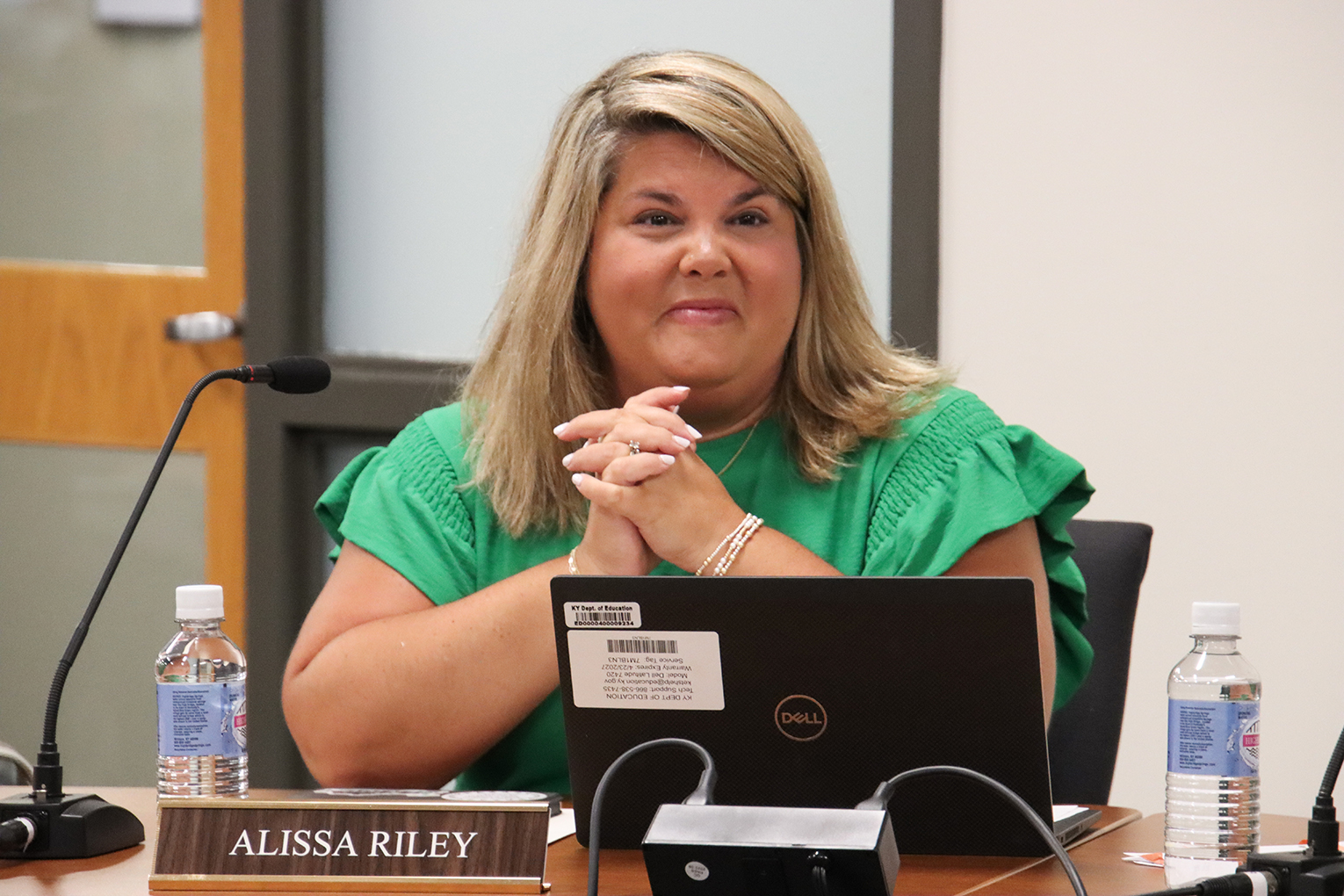(Editor’s note: When used as a cultural label, the word deaf is often written with a capital D in speech and sign. When used as a label for the audiological condition, it is written with a lower case d. This column uses the term Deaf/deaf in deference to the Deaf culture.)
I am not much of a history buff; I don’t watch The History Channel or read history-related books for pleasure. However, as an educator it is my responsibility to be knowledgeable about history. It is in all facets of our curriculum; whether it is U.S. or Native American history, the history of music or of scientific discovery. As a teacher of deaf and hard-of-hearing students, it is my responsibility to be well versed in Deaf history so that I can share with my students the rich past that is rightfully theirs just for having a hearing loss.
We are in the middle of National Deaf History Month (March 13 to April 15) which celebrates Deaf culture and history and promotes awareness of this proud community. This observance overlaps two months to emphasize three important milestones in Deaf history. On March 13, 1988, after 124 years of not having a Deaf president for their college, the Deaf President Now student protest resulted in the selection of I. King Jordan as the first Deaf president of Gallaudet University. On April 8, 1864, President Abraham Lincoln signed a charter establishing Gallaudet University in Washington, D.C. as the world’s only liberal arts university for the deaf and hard of hearing. The third event that concludes this month recognizes the establishment of the first permanent school for the deaf on April 15, 1817.
In the early 1800s, there were no schools for the deaf in the U.S. I cannot imagine that for more than one hundred years, Deaf/deaf children could not receive an education. One man, Dr. Mason Fitch Cogswell, was frustrated that his bright young daughter Alice, who was Deaf/deaf, could not go to school. His neighbor, Thomas Hopkins Gallaudet, who was trying to teach Alice on his own, was concerned as well. Cogswell raised funds to send Gallaudet to Europe to learn how Deaf/deaf children were taught and to bring that knowledge back to Connecticut.
Gallaudet first journeyed to England to learn about their teaching methodologies. While there, he met Abee Sicard, the director of a school for the deaf in France, and a Deaf/deaf teacher, Laurent Clerc. They welcomed Gallaudet with open arms, inviting him to visit their school in Paris. Gallaudet spent a few months learning from Clerc and Sicard about how best to teach Deaf/deaf children. He was so impressed that he asked Clerc to come back to America to help establish a school for the deaf. During the 52-day boat ride to America, Clerc taught Gallaudet French Sign Language, and Gallaudet taught Clerc English.
On April 15, 1817, the American School for the Deaf was founded in Hartford, Connecticut. Alice Cogswell was its first student; Clerc was the head teacher; and Gallaudet was the principal. The story does not end there. Clerc began training individuals on sign language and on how to teach Deaf/deaf children. These people, hearing and Deaf/deaf, went back to their home states and established schools. One of those individuals was John A. Jacobs.
The Kentucky School for the Deaf, founded in 1823, is the fourth school for the deaf established in the U.S., but the first state-sponsored school. State Senator Elias Barbee, whose daughter Lucy was Deaf/deaf, wrote legislation for the creation of the school. While a student at Centre College, Jacobs was sent to Connecticut by a white horse to learn from Clerc and Gallaudet. Jacobs was KSD’s first trained teacher. He later became the school’s principal and eventually its third superintendent.
Deaf history is rich with stories of amazing people and events. In school we learn about Black History, Women’s History, U.S. History and European History. Deaf people are part of our American family. We should also be teaching our children what contributions Deaf/deaf individuals have made to our society throughout history. The football huddle was invented at Gallaudet University in order to prevent the other teams from seeing them sign their plays. Juliette Gordon Low, the founder of the Girl Scouts, became deaf at the age of 26. The Abraham Lincoln Memorial was sculpted by Daniel Chester French, a Deaf/deaf man. Many Deaf/deaf men served in the Union and Confederate armies during the Civil War.
Find time during your Spring Break to research about Deaf history and incorporate what you find into your lessons. Teach your students that Deaf people have a history, a culture, and pride. They are not hearing-impaired, hearing-disabled or deaf; they are proudly Deaf!
Heidi Givens, an itinerant teacher of the deaf and hard-of-hearing in Daviess County schools, was selected as the 2013 Kentucky Elementary School Teacher of the Year on Oct. 17, 2012. She and Allison Hunt, an AP Human Geography teacher at Manual High School in Jefferson County and the 2013 Kentucky High School Teacher of the Year, are alternating monthly column-writing duties throughout their reigns. Heidi Givens next column will run in May.




Leave A Comment